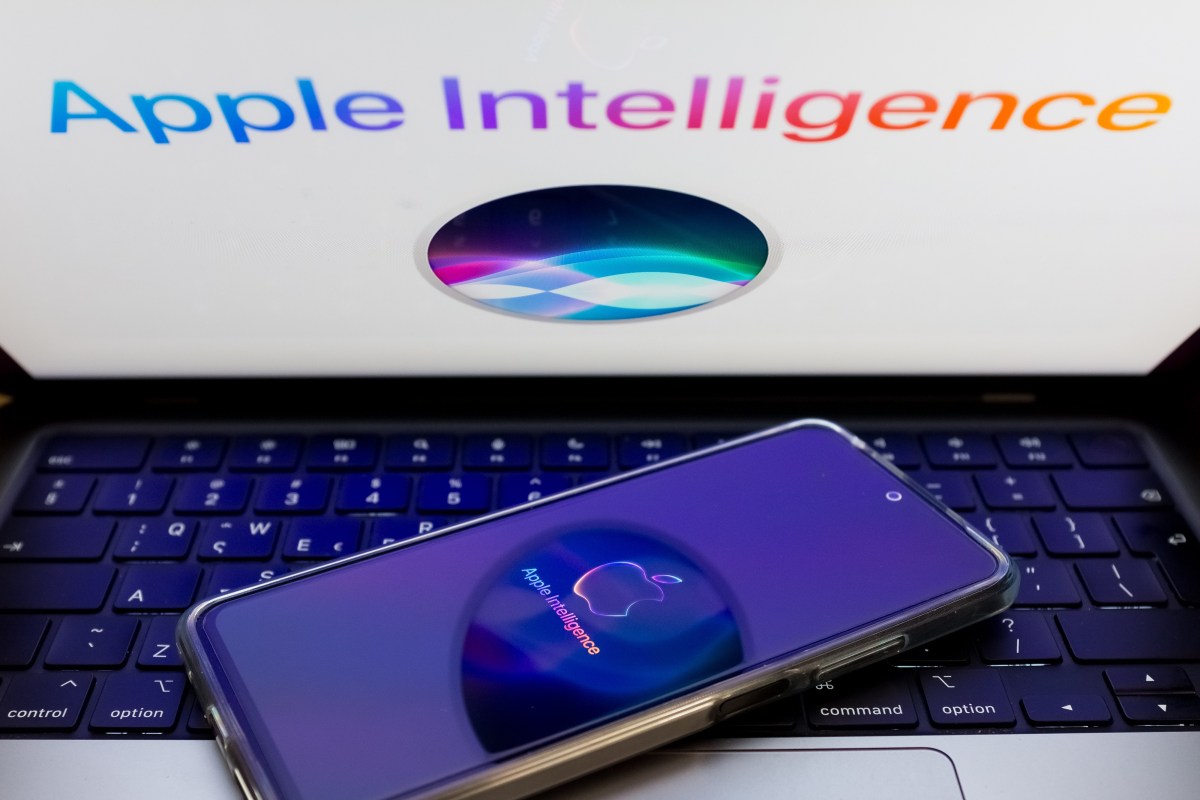Introduction to Self-Driving Cars and Their Challenges
One of the most significant hurdles for self-driving cars is their ability to anticipate unexpected events, quickly identify potential problems, and respond in a rational manner to ensure a safe outcome. While literal obstacles like giant,road-painted walls designed to trick autonomous vehicles into accidents are unlikely, a former NASA engineer and YouTuber, Mark Rober, decided to test how well self-driving vehicles can handle such scenarios.
The Experiment: Testing Autonomous Vehicle Systems
In his recent video titled "Can You Fool A Self Driving Car?", Rober pits two different autonomous vehicle systems against each other: Tesla’s computer vision-only Autopilot and an unnamed system that utilizes Light Detection and Ranging (LiDAR) sensors. The tests culminate in an attempt to stop a car using a technique reminiscent of Wile E. Coyote’s methods to catch the Road Runner.
Results of the Experiment
Without giving away too many details, the Tesla Autopilot system fails to recognize the wall and crashes through it at approximately 40 miles per hour, leaving a large hole. This is the third failure in six tests conducted by Rober. Other experiments involved determining if a self-driving car would stop for a child under adverse conditions. While Tesla’s Autopilot managed to stop for a stationary dummy, a dummy that ran out in front of it, and a dummy obscured by bright lights, it failed to stop for a dummy hidden by fog and heavy rain.
Comparison of Autonomous Systems
In contrast, the LiDAR system succeeded in every test. This outcome is not surprising, given that the video can be seen as an indirect advertisement for LiDAR technology. Rober uses a portable LiDAR sensor to map out the Space Mountain ride at Disney World and includes a plug for a LiDAR manufacturer, hinting at the direction of the video from the start.
Implications of the Results
The effectiveness of the LiDAR system is noteworthy, especially considering Tesla’s decision to rely solely on computer vision and forgo LiDAR sensors. Tesla’s reasoning for this decision varies but often includes the high cost of LiDAR sensors, the increased need for data processing, and the belief that LiDAR hinders the development of computer vision. Elon Musk has even referred to LiDAR as a "fool’s errand."
Conclusion
While the pros and cons of each approach can be debated, it’s crucial to weigh the implications of each technology. The ability to avoid accidents, such as crashing into walls or failing to stop for pedestrians, especially under adverse conditions, is paramount. Rober’s video has sparked interesting discussions and reactions, with some Tesla supporters on Twitter accusing him of being influenced by LiDAR manufacturers to slander Tesla. Regardless, the video provides an enjoyable and thought-provoking watch, exchanging the original content’s essence while maintaining its core message and length.
Source Link





